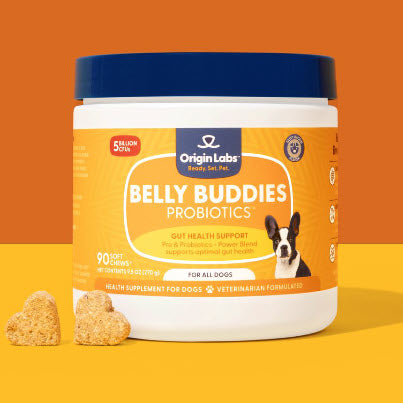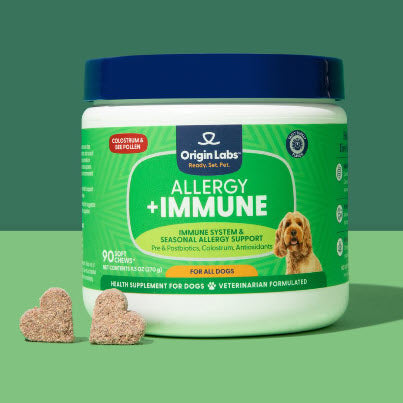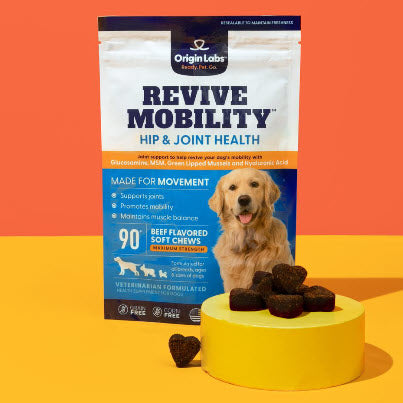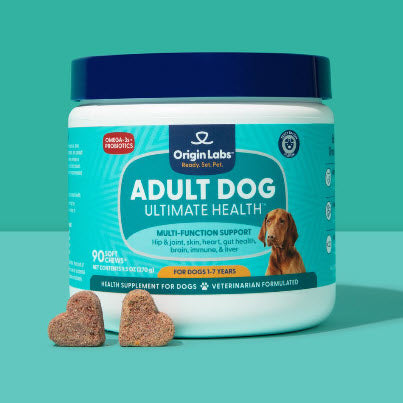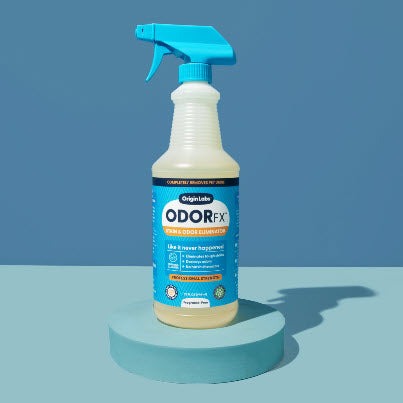Can Cats Eat Hot Dogs? Understanding Your Feline's Dietary Needs
Can cats hot dogs? It's a common question among pet owners. To answer it, it's crucial to understand that cats are obligate carnivores. This means their bodies are designed to thrive on a meat-based diet.
Nutritional Requirements of Cats
Cats have specific nutritional needs that must be met to ensure their health:
- Animal Protein: Cats require a high amount of animal protein in their diet. Their bodies use this protein for energy, muscle development, and overall health.
- Essential Nutrients: Two critical nutrients cats need are taurine and arachidonic acid. Taurine is essential for heart function, vision, and reproduction. Arachidonic acid is necessary for skin health, kidney function, and inflammation control.
Importance of a Balanced Diet
Maintaining a balanced diet is vital for a cat's well-being:
- Immune System: Proper nutrition supports a robust immune system, helping cats fight off infections and diseases.
- Organ Function: Essential nutrients play a significant role in the functioning of various organs, including the liver and kidneys.
A tailored diet ensures that cats receive all the necessary components to stay healthy. While it might be tempting to share human foods like hot dogs with your feline friend, it's important to prioritize their unique dietary needs.
Considering these dietary requirements, it becomes clear that typical human foods may not be suitable for cats. For instance, feeding them hot dogs made for adult dogs could lead to nutritional imbalances or deficiencies. Instead, it's advisable to focus on specialized cat food products that meet their specific needs. Consider adding puppy ultimate health supplements into your dog's diet to support their overall well-being.
The Dangers of Feeding Hot Dogs to Cats
Feeding hot dogs to cats can pose several hazards due to their unique nutritional needs and delicate digestive systems. Here are some reasons why hot dogs are not suitable for cats:
1. High Sodium Content
Hot dogs are notorious for their high sodium content. This is particularly problematic for cats because:
- Hypertension: Excessive salt can lead to high blood pressure in cats, which may cause more severe health issues over time.
- Kidney Disease: Cats are prone to kidney problems, and a high-sodium diet can exacerbate these conditions.
2. Harmful Preservatives
Hot dogs often contain preservatives like nitrites and nitrates. While these chemicals help prolong the shelf life of processed meats, they can be harmful to your feline friend:
- Digestive Issues: Nitrites can irritate a cat's sensitive digestive system, potentially leading to discomfort or more serious gastrointestinal problems.
- Long-term Health Risks: Continuous exposure to these preservatives may contribute to chronic health issues.
In summary, while it might be tempting to share a bite of your hot dog with your cat, it's important to consider the potential risks. The high sodium content and harmful preservatives present in hot dogs make them unsuitable for feline consumption.
Can Cats Have Any Part of a Hot Dog? Exploring Safer Options
When it comes to hot dogs, it's not just the meat that poses potential risks for cats. Other components like buns and toppings can also be problematic.
Can Cats Eat Hot Dog Buns?
Hot dog buns are generally made from refined flour, sugar, and various additives. While these ingredients aren't inherently toxic to cats, they offer very little nutritional value. Feeding your cat hot dog buns can lead to:
- Digestive Issues: The high carbohydrate content may cause digestive upset or contribute to obesity.
- Allergic Reactions: Some cats may have allergies or intolerances to grains or gluten, resulting in symptoms like itching or gastrointestinal distress.
Cats and Hot Dog Toppings
Toppings commonly found on hot dogs—such as onions, garlic, mustard, and ketchup—are even more concerning.
- Onions and Garlic: Both are highly toxic to cats and can cause hemolytic anemia, which destroys red blood cells.
- Mustard: Contains compounds that can irritate a cat’s digestive system.
- Ketchup: High in sugar and sometimes contains onion powder, making it unsuitable for felines.
Safe Hot Dog Alternatives for Cats
Instead of sharing your hot dog with your feline friend, consider these safer options:
- Cooked Meat: Offer small amounts of plain cooked chicken, turkey, or beef without any seasoning.
- Commercial Cat Treats: Many brands produce treats specifically formulated for cats, ensuring they meet their nutritional needs.
- Homemade Treats: Simple recipes using cat-safe ingredients can be a fun way to treat your pet without compromising their health.
Understanding what is safe for your cat to eat helps maintain their health and well-being. Avoiding hot dogs and their components is a step towards ensuring a balanced diet tailored to their specific needs.
My Cat Ate a Hot Dog! What Should I Do? Recognizing and Responding to Potential Issues
If your cat ate a hot dog, it's important to act quickly and pay attention to their behavior and physical condition. Hot dogs contain ingredients that can be harmful to cats and may lead to health problems.
Signs of Distress or Toxicity
Look out for these signs that may indicate distress or toxicity in your cat:
- Vomiting or Diarrhea: These are common signs that your cat's digestive system is having trouble with the unfamiliar food.
- Lethargy: A sudden decrease in energy levels can be a sign that your cat is not feeling well.
- Excessive Thirst or Urination: Hot dogs have high sodium content, which can cause dehydration in cats.
- Abdominal Pain: Your cat may show discomfort by curling up or avoiding movement.
- Difficulty Breathing: If you notice any difficulty in breathing, it is important to take it seriously.
Immediate Actions
If you notice any of these symptoms after your cat ate a hot dog, here's what you should do:
- Remove Any Remaining Hot Dog: Make sure there are no more pieces of hot dog accessible to your cat.
- Monitor Your Cat Closely: Keep an eye on their behavior and look for any signs of the issues mentioned above.
- Contact Your Veterinarian: Explain the situation, including how much hot dog was consumed and any symptoms you have observed.
"It's always better to be safe than sorry. Consulting with a veterinarian ensures that you receive professional advice tailored to your cat's specific needs."
Why Immediate Veterinary Guidance is Crucial
Veterinarians can provide:
- Specific Dietary Advice: They might recommend bland foods or fluids to help with digestion.
- Medical Treatments: In severe cases, interventions such as IV fluids or medications may be necessary.
- Long-Term Health Monitoring: Guidance on watching out for delayed symptoms like kidney issues associated with high sodium intake.
Taking these steps can make a big difference in addressing any negative reactions and keeping your cat healthy.
Promoting a Cat-Safe Kitchen: Tips for Prevention and Management
Counter Surfing Behavior in Cats
Cats are naturally curious creatures, often leading them to explore kitchen counters in search of food or simply out of curiosity. This behavior, known as "counter surfing," can pose risks if they come across harmful foods like hot dogs.
Strategies to Discourage Counter Surfing:
- Environmental Enrichment: Provide plenty of stimulating activities and toys to keep your cat occupied. Scratching posts, interactive toys, and puzzle feeders can help divert their attention away from the kitchen.
- Consistent Training: Use positive reinforcement techniques to train your cat to stay off counters. Whenever they jump onto the counter, calmly place them back on the floor and reward them when they stay down.
- Deterrents: Apply safe deterrents like double-sided tape or aluminum foil on counters. Cats dislike the texture and sound, which may discourage them from jumping up.
Keeping Cats Away from Harmful Foods
Preventing cats from accessing hot dogs and other potentially harmful foods requires vigilance and strategic planning.
Practical Tips for a Cat-Safe Kitchen:
- Secure Storage: Always store hot dogs and other human foods in sealed containers or refrigerators. This reduces the temptation for your cat to investigate.
- Clean Up Promptly: Ensure that food scraps and leftovers are promptly cleaned up after meals. Avoid leaving any food items unattended on countertops.
- Cat-Free Zones: Designate specific areas in your kitchen where cats are not allowed. Use baby gates or close doors to restrict their access during meal preparation times.
- Alternative Spaces: Create an alternative space where your cat can safely observe kitchen activities without getting too close. A nearby window perch or a designated mat can be ideal for this purpose.
By understanding counter surfing behavior and implementing these practical strategies, you can create a safer environment that prevents your feline friend from accessing hot dogs and other hazardous foods.
Cat-Friendly Alternatives to Hot Dogs: Nutritious Treat Ideas
Homemade Cat Treats
Creating homemade treats can provide healthy, delicious options tailored to your cat's needs. Here are a few ideas:
- Chicken Bites: Cooked, plain chicken cut into small pieces makes an excellent protein-rich snack.
- Tuna Treats: Mix canned tuna with an egg and a bit of flour to form dough. Bake small portions at 350°F for about 10 minutes.
- Salmon Snacks: Blend cooked salmon with a bit of oat flour and bake into bite-sized treats.
Commercially Available Healthy Treats
Many brands offer nutritious and palatable treats designed specifically for cats. Look for options with:
- High-quality proteins: Ingredients like chicken, fish, or turkey listed as the first ingredient.
- Limited ingredients: Fewer fillers and artificial additives.
- Essential nutrients: Added vitamins and minerals beneficial for your cat's health.
Prioritizing Quality Ingredients
When choosing or making treats, prioritize quality by:
- Avoiding artificial colors, flavors, and preservatives.
- Checking labels for unnecessary fillers like corn or soy.
- Ensuring the treats contain essential nutrients such as taurine.
Examples of Cat-Friendly Snacks
Some examples of healthy cat-friendly snacks include:
- Freeze-dried meat: Pure meat treats that maintain nutritional value without additives.
- Catnip-infused bites: Small treats enhanced with catnip for extra appeal.
- Dental chews: Designed to promote dental health while being enjoyable.
Choosing the right snacks can keep your feline friend happy and healthy without compromising their dietary needs.
The Bottom Line: Understanding Your Cat's Dietary Boundaries
It might be tempting to share our favorite snacks with our feline friends. When considering can cats eat human food, it's essential to remember that cats have unique nutritional needs and limitations. Cats are obligate carnivores, meaning their diet must primarily consist of meat to thrive.
Key Points to Remember:
- Unique Nutritional Needs: Cats require specific nutrients only found in animal products, such as taurine and arachidonic acid. These nutrients are crucial for maintaining their health, supporting their immune system, and ensuring proper organ function.
- Balanced Approach: While occasional treats can be a joy for your cat, they should complement a diet based on high-quality cat food. This ensures your cat gets the necessary nutrients without the risks associated with inappropriate foods.
Feeding Guidelines:
1. High-Quality Cat Food:
- Prioritize premium brands that list meat as the primary ingredient.
- Avoid fillers, artificial additives, and unnecessary preservatives.
2. Vet-Approved Treats:
- Offer treats specifically designed for cats.
- Ensure these treats are given in moderation and do not replace regular meals.
3. Avoiding Human Foods:
- Many human foods contain ingredients harmful to cats. Common offenders include chocolate, onions, garlic, and high-sodium items like hot dogs.
- When in doubt about a particular food item, consult your veterinarian.
"An ounce of prevention is worth a pound of cure." Keeping this adage in mind can help maintain your cat's health.
- Preventive Measures:
- Store harmful foods out of reach.
- Monitor your cat during meal prep and dining times to discourage counter surfing.
Understanding your cat diet essentials is pivotal for their long-term well-being. By adhering to these guidelines and staying informed about what your cat can safely consume, you ensure they lead a healthy and happy life.
FAQs (Frequently Asked Questions)
Can cats eat hot dogs?
Cats are obligate carnivores, meaning their bodies are designed to thrive on a meat-based diet. While cats can technically eat hot dogs, it is not recommended as they do not provide the specific nutritional requirements that cats need.
What are the dangers of feeding hot dogs to cats?
Hot dogs can pose potential hazards to feline companions due to their high sodium content, which can contribute to issues like hypertension and kidney disease in cats. Additionally, the presence of preservatives like nitrites may be harmful to a cat's delicate digestive system.
Can cats have any part of a hot dog?
While other components of a hot dog, such as buns or toppings, may be safer for feline consumption compared to the processed meat itself, it is still recommended to prioritize cat-specific food and treats for their overall health and well-being.
My cat ate a hot dog! What should I do?
If your cat accidentally consumes a hot dog, it is important to watch out for signs of distress or toxicity and contact a veterinarian for guidance. Prompt action and professional advice can help mitigate any potential issues.
How can I promote a cat-safe kitchen?
"Counter surfing" behavior in cats can be discouraged effectively by providing practical advice for keeping cats away from hot dogs and other potentially harmful foods in the kitchen area. This includes proactive measures to prevent cats from accessing such items.
What are some cat-friendly alternatives to hot dogs?
Homemade or commercially available cat treats that are both enticing and nutritious for feline companions can serve as healthy alternatives to hot dogs. It is important to prioritize quality ingredients and avoid treats with fillers or artificial additives.
What is the bottom line regarding my cat's dietary boundaries?
While it may be tempting to share certain foods with our cats, we must always consider their unique nutritional needs and limitations. A balanced approach to feeding that includes high-quality cat food and occasional, vet-approved treats is essential for maintaining their overall health.



